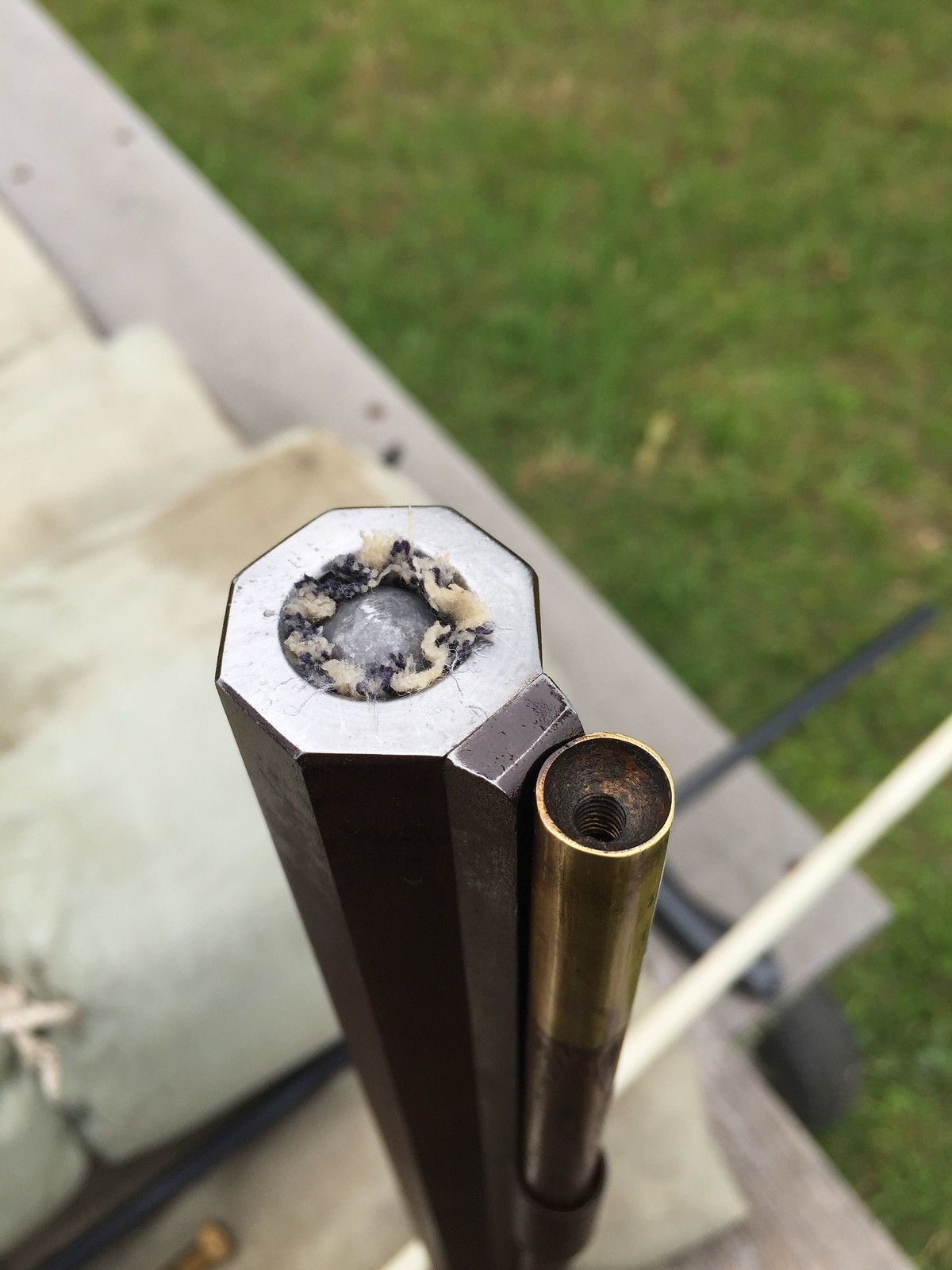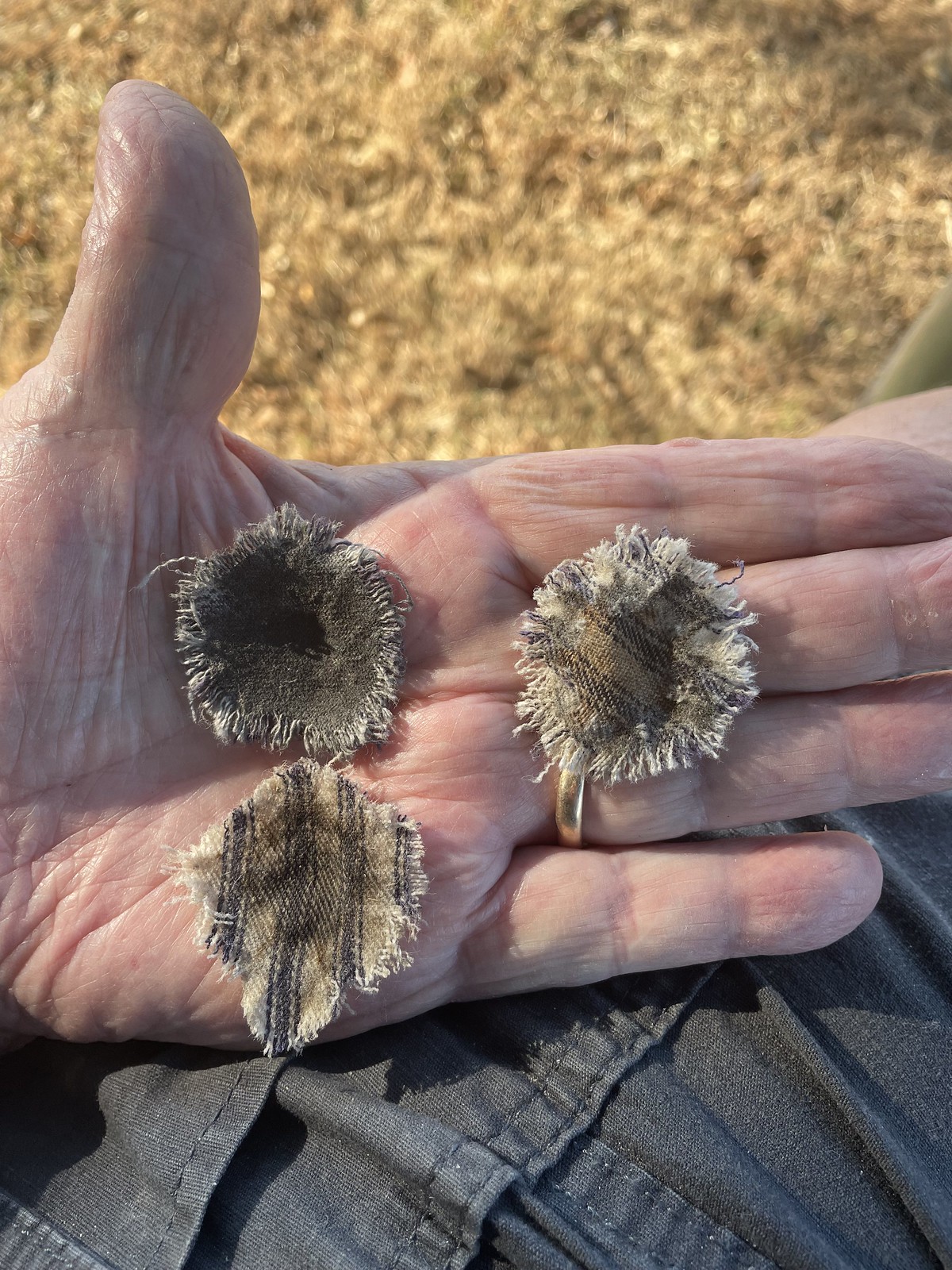"wedge effect", Interesting concept and observation.
At what point would "excess" material begin causing velocity inconsistencies? 5mm, 1cm or greater?
Can you define "scatter cone" as you use the term here?
Well, I did look on Youtube, but no one accept the automatics subtitles, anyway I’ll try to find one that accept the subtitles and the translations : generally those videos are to old or the subtitles function isn’t in place…
I did that for some friends who don’t know the way to get this translation……. Translation Google

-/) but it can help :
This one with my young friend Math accept the subtitles :
, for the others you must make the test and try…
another accepting the subtitles, but not very interesting :
About the question of the "wedge effect" when the patch is too large (not enough to cover the ball, of course) this very simple. When putting the patch the normal way is that the tissue follow the walls of the barrel and that just a little goes beyond the axis (hemisphere) of the ball and it's normal, but you can’t avoid a very slight wedge effect due to the fact that the patch necessarily folds back on itself at the point of contact of the bullet and the barrel when the charge explodes and propels the patch plus bullet forward while the patch is slowed down by the rifling, but it's normal and regular (not the case with paper notepads with long bullets, this is another story). So, if your patch is largely too great the wedge effect will grow. Thus, if your patch is much too large, the wedge effect will be amplified if the patch fabric is (becomes) too large in relation to the bullet and the barrel....…
As far as the "dispersion cone" is concerned, the problem stems from the starting disturbance: a bad speed due to a too large patch will certainly lead to a larger and wider dispersion than normal, a bit like when the powder charge is not yet efficient or when this moment will have been exceeded: the group will be wider, not "galactic" but wider all the same.
Here is a summary reasoning that led us to check the speed measurements with the stopwatch and that seems to be confirmed in the case of a precision shot at 100 meters with PRB and comfortable loads, the kind of powder loads with which you can feel the taste of the fruit......

Excuse me for the language mistakes, but I never write so much and even less to explain what seems inexplicable at first reading...






